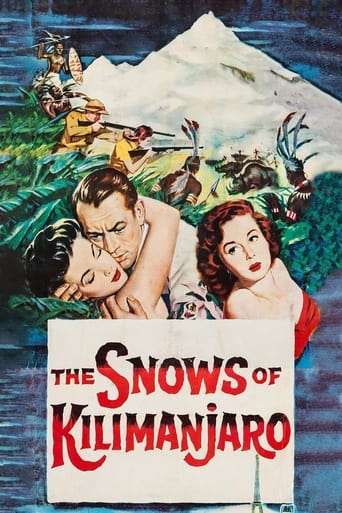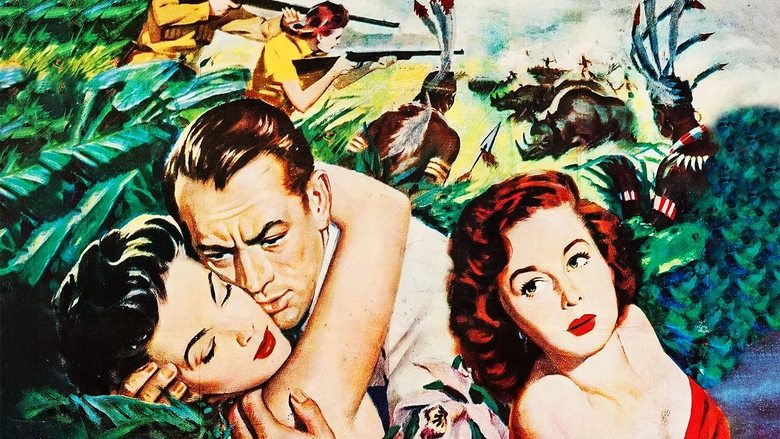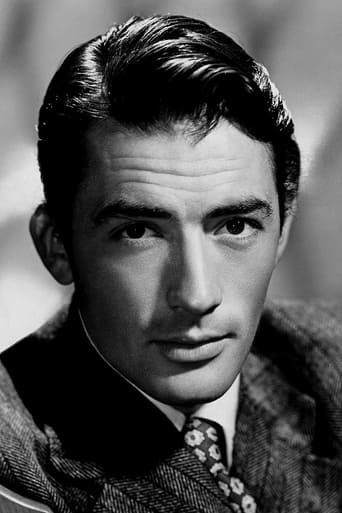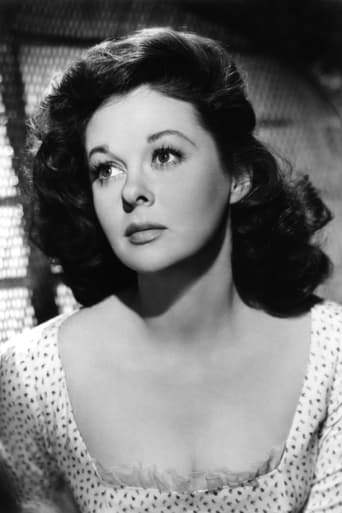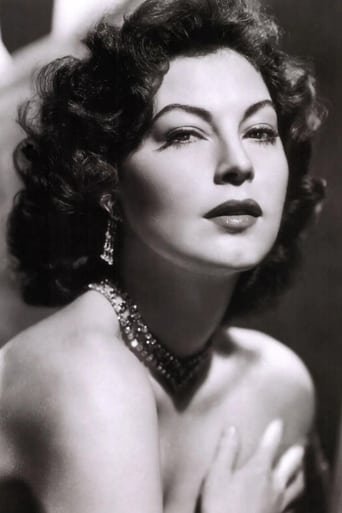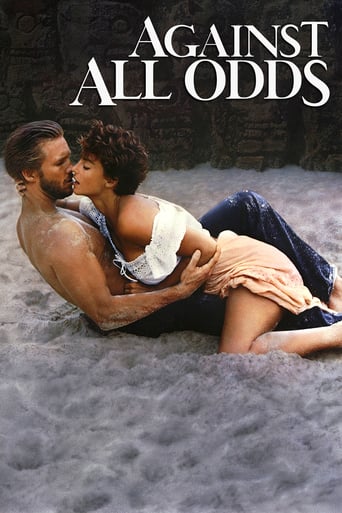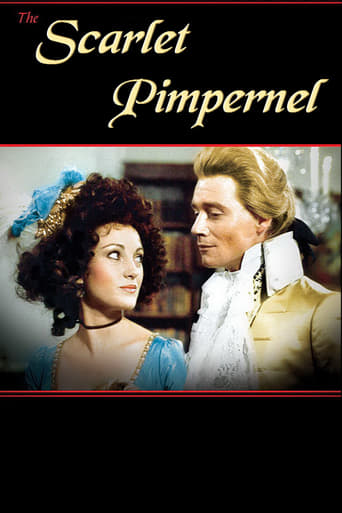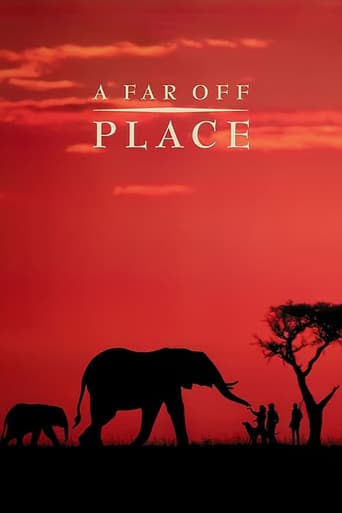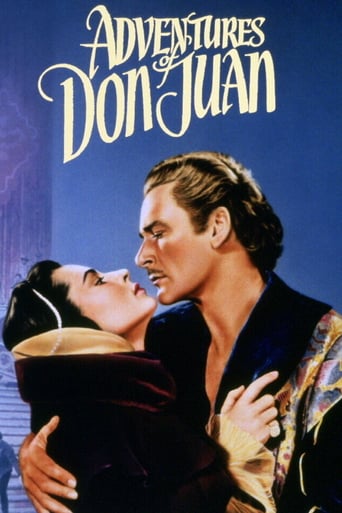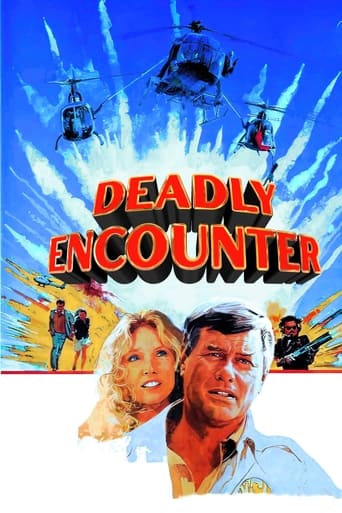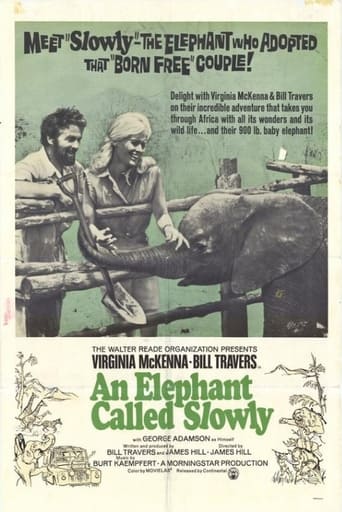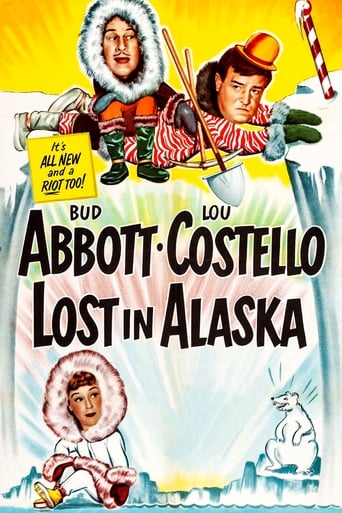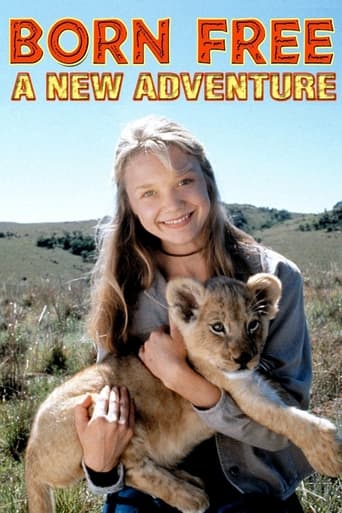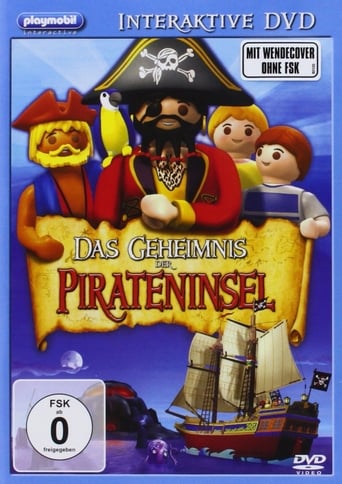The Snows of Kilimanjaro (1952)
Writer Harry Street reflects on his life as he lies dying from an infection while on safari in the shadow of Mount Kilimanjaro.
Watch Trailer
Cast


Similar titles
Reviews
Good movie but grossly overrated
Absolutely Fantastic
A movie that not only functions as a solid scarefest but a razor-sharp satire.
One of the most extraordinary films you will see this year. Take that as you want.
Producer: Darryl F. Zanuck. Copyright 17 September 1952 by 20th Century-Fox Film Corp. New York opening at the Rivoli: 18 September 1952. U.S. release: July 1953 (sic). U.K. release: 2 February 1953. Australian release: 18 December 1952. Sydney Opening at the Regent. 114 minutes. SYNOPSIS: Harry Street, an amazingly successful novelist, is near death at the foot of Kilimanjaro. Reviewing his life, particularly his thwarted romances with Cynthia and Liz, he decides to mend his ways, settle down with his third love, Helen, and even write something worthwhile.NOTES: Nominated for Academy Awards for Color Cinematography (won by The Quiet Man), and Color Art Direction (won by Moulin Rouge).Aided by a lavishly mounted publicity campaign which stressed the non-existent salacious qualities of the tedious script, the movie came in 3rd at the domestic box-office with a gross rentals take of $6½ million.Number 5 on the National Board of Review's American Ten Best of 1952. Best Actress of 1952, Susan Hayward (principally for her acting in With a Song In My Heart, but her performance in this one also influenced the voters) - Photoplay Gold Medal Award.COMMENT: Casey Robinson has reduced Hemingway to a wordy, sluggishly paced bore, hammily acted by Susan Hayward who is absolutely ridiculous as the distraught wife. Peck is likewise totally unbelievable and the other players are forced into an unequal struggle with their impossible characters. Leon Shamroy has tried to give the film a bit of atmospheric sheen and gloss (indeed the lighting is the film's best feature) but the plodding music score and Henry King's elephantine direction do not help. A bit of location footage (the stars stay firmly in the studio) helps but generally this is an overlong, long-winded, and decidedly dull disappointment.
For some reason, this 'classic' popped up on my radar, perhaps whilst I was reading my Jimmy Stewart bio (Go figure). Anyway, Gregory Peck takes a role that might have better been for suited to a laconic & reflective Jimmy Stewart. He is the adventurous, Hemingway-like male author, Harry Street, reflecting on his life and loves while he convalesces from a nasty infection in his leg. Devoted wife (#3?), played by Susan Hayward attends to his wound patiently whilst the two wait for medical help to arrive, all in the shadows of the mighty Kilimanjaro.That's it. Harry marries pretty wives Ava Gardner & Hildegard Knef and mistreats both, but his career as an author takes off, allowing him a lavish lifestyle and to travel, as he pleases (with no consideration for his current wife). We see all this in a series of flashbacks. Peck plays a good role, I suppose: it's just that not much happens. There are bullfighting action, and battle scenes from the Spanish Civil War, but at a pedestrian pace. We frequently toggle back to hear frantic chat between Peck and Hayward, prompting my wife to holler, Just die, will ya?Pacing and script seemed to be lacking. I wonder why the Director chose to make such a lengthy (1:54) cut? The story could have been told in 1 1/2 hours easily, cutting oodles of empty, repetitious talk.
This movie is based on the memoirs of Ernest Hemingway and is directed by Henry King. In a nut shell the story arises from a injured man who's leg is infected from a thorn lodged in it. The dying man is Harry Street (Gregory Peck) who believes he is dying and begins to reflect on a wasted life. With his third wife (Susan Hayward) at his side, Harry recounts what he considers are the highlights of his writing career. Each segment illuminates the drama of Bullfighting in Madrid, participating in the Franco Spanish war, boating in the Mediterranean sea and on safari in Africa. However, despite all his adventures and having to write his personal exploits, he feels that none of them ever measured up to his real ambition or success. Further, none ever brought him closer to answering his uncle's riddle of 'the snow leopard on the summit of Kilimmajaro.' For fans of Gregory Peck, this movie is slow to excite or entertain as Peck is known as a man of action. Indeed, his cast members which include Leo G. Carroll and Torin Thatcher neither lend or detract from the film. As a result, Peck's death bed recollections are anticlimactically to his other screen roles. Still, his screen appearance is enough to warrant audience attention. Taken as part of his life works' this film is a must, to see or to put it on a shelf as a Classic. ****
At the time he was writing Ernest Hemingway was regarded as one of America's finest literary assets, and virtually all his work was given a prestigious screen adaptation at some point in the 40s and 50s. Short on action but full of introspection, often set in exotic locations, his stories typically made for slow-moving but visually stunning motion pictures."Slow-moving" and "visually stunning" could also loosely describe the style of director Henry King, who helmed this version of Hemingway's short story The Snows of Kilimanjaro. King was by no means dull, and he never got hung up on imagery, but he certainly encouraged a thoughtful style from his cast and had a love of natural beauty. His shots of the outdoors are unique; never expansive, empty landscapes but always layered, detailed compositions that show off shape and contour. There is always a sense of closeness and intimacy in King's pictures, evident from the first few shots of The Snows of Kilimanjaro – a close-up of Gregory Peck, the shadow of a tree branch sweeping across his face, cut with close-ups of him watching the flight of a vulture – a haunting and compelling introduction to the story.And Peck is very much the right man for this sort of thing – deep, serious, with an air of melancholy, but also handsome and charismatic. And of course, a very fine actor. He handles the lengthy stretches of dialogue well, putting character into Hemingway's words. And his women here are equal matches, especially Susan Hayward, who is all quiet confidence. From her voice to the way her arms lie as she sits next to Peck, everything says here is a strong-willed woman, every bit an equal partner in her relationship with Peck. And every bit an attractive woman too. One thing that The Snows of Kilimanjaro suffers from however is a lack of really outstanding supporting players.I haven't read the original Hemingway story on which this is based. Apparently the central theme is supposedly Harry Street's sense of dissatisfaction with his own writing. However, whether it is differences in this adaptation or simply my own impression of it, I was struck far more by Street's rocky love life, in particular the series of disillusioned women he leaves behind him. It is to me the epitome of 1950s melodrama, from the stabbing score of Alfred Newman to the searing shot of Peck and Ava Gardner kissing before the stark backdrop of a tree. And it seems this is how the American public saw it too. Despite its hard-going literary roots, it became the third highest-grossing picture of the year.

